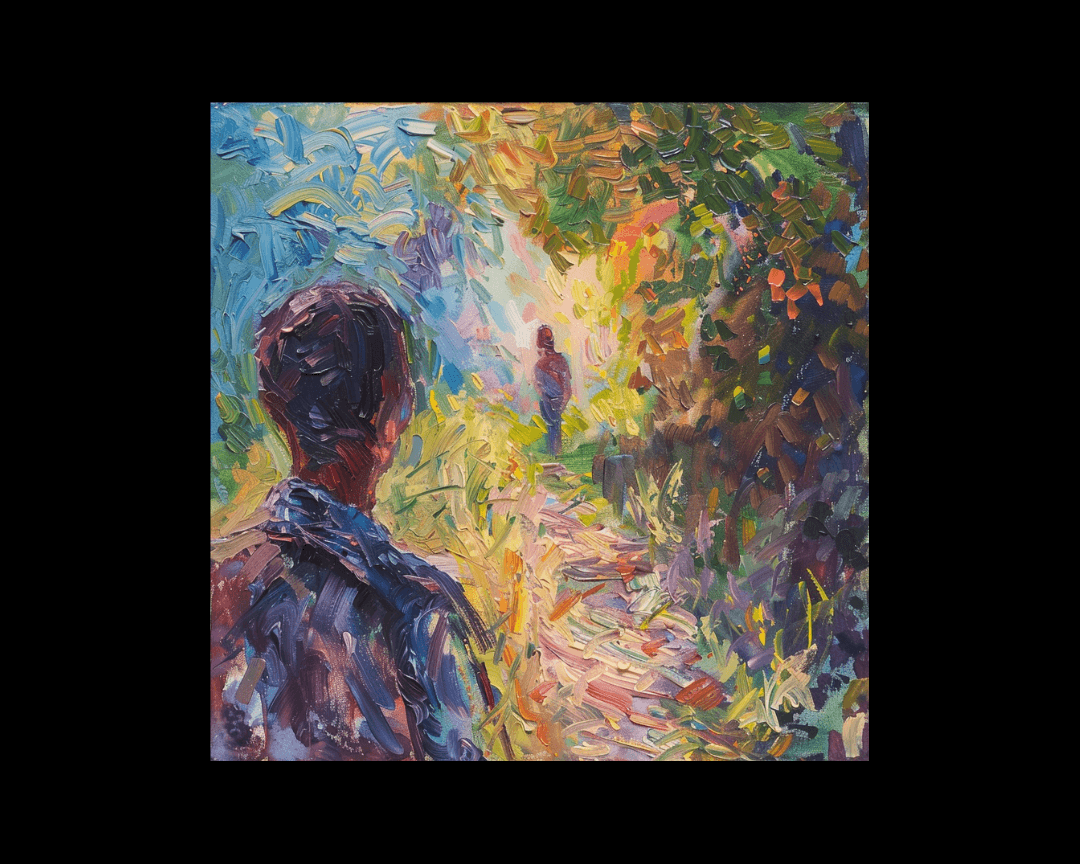Character Motivation: Wants and Needs
Characters are individuals who want something, and these desires can be categorized into two distinct types: the character's intrinsic wish...
3 min read
 Writing Team
:
Oct 26, 2023 2:38:25 PM
Writing Team
:
Oct 26, 2023 2:38:25 PM
.png)
An internal problem is the crucible for change, diving deep into a character's essence far beyond the surface motivations that drive external actions. While the external problem propels a character into action, motivating them to resolve it, the internal problem crafts the character's complexity and depth.
In storytelling, the internal problem embodies a character's weakness, flaw, or unresolved issues, often manifesting through negative traits. This flaw can range from excess pride to egoism, painting a nuanced picture of the character's emotional landscape. It is the battleground where the character's growth and evolution unfold.
Unlike the external problem, the internal conflict lies within the character's psyche, known only to the audience.
This internal strife, be it a character flaw or unresolved trauma, shapes the character's decisions and actions, often causing harm to others and themselves. The character's lack of awareness forms a blind spot, hindering emotional growth and causing havoc.
As the story progresses, the audience witnesses a series of pivotal moments:
Early scenes reveal the character's flaw, offering a glimpse into their internal conflict.
The character's flawed beliefs reinforce their worldview, intensifying the internal problem.
An event challenges the characters, forcing them to fiercely defend their flaw, showcasing the depth of their internal conflict.
The character experiences a moment of realization, the first cracks in their flawed beliefs, marking the beginning of a transformation.
The origin of the character's flaw is unveiled, providing context to their internal conflict.
The character confronts their flaw, either overcoming or succumbing to it, determining the resolution of their internal conflict.
The order of these revelations may vary, offering a unique lens into the character's journey. While trauma is a common catalyst, it's not the sole driver; a simple mistake or error in judgment can create profound internal conflict, highlighting the character's emotional immaturity.
Navigating the pitfalls of moralization and clichéd origins is crucial. The internal problem should resonate with the audience, not as a reprehensible trait but as a recognizable flaw within themselves.
While character growth is fundamental, the process need not adhere to rigid patterns. Characters like Dirty Harry, unyielding in their flaws, challenge conventions, sparking introspection.
Trauma isn't the exclusive wellspring of internal conflict; a character's bad decisions rooted in emotional immaturity can be equally compelling. These mistakes serve as poignant reminders of the character's humanity, resonating deeply with the audience's own experiences.
In essence, the internal problem isn't just a catalyst for change; it's a mirror reflecting the complexities of the human soul, allowing readers and viewers to explore the depths of their own nature through intricately crafted characters.
The art lies not just in the revelation but in the diverse paths characters traverse, illuminating the multifaceted facets of the human experience.
Within the tapestry of storytelling, the internal conflict stands as the crucible of change, delving into a character's core far beyond the surface motivations that propel external actions.
While the external problem thrusts a character into action, motivating to resolve it, the internal conflict weaves the intricate threads of the character's complexity and depth.
In storytelling, the internal conflict embodies a character's weaknesses, flaws, or unresolved issues, often manifesting through negative traits.
This flaw can range from excessive pride to egoism, painting a nuanced picture of the character's emotional landscape. It is the battleground where the character's growth and evolution unfurl.
Unlike the external problem, the internal conflict lies veiled within the character's psyche, known only to the audience. This internal strife, whether a character flaw or unresolved trauma, shapes the character's decisions and actions, often causing harm to others and themselves. The character's lack of awareness forms a blind spot, hindering emotional growth and sowing chaos.
As the story unfurls, the audience witnesses a series of pivotal moments:
The sequence of these revelations may vary, offering a unique perspective on the character's journey. While trauma often acts as a catalyst, it is not the sole driver; a simple mistake or error in judgment can create profound internal conflict, illuminating the character's emotional immaturity.
Avoiding the traps of moralization and clichéd origins is paramount. The internal conflict should resonate with the audience, not as a condemnable trait but as a familiar flaw within themselves. While character growth is pivotal, the process need not adhere to rigid structures. Characters like Dirty Harry, unyielding in their flaws, challenge norms, prompting introspection.
Trauma isn't the exclusive source of internal conflict; a character's misguided decisions rooted in emotional immaturity can be equally compelling. These missteps serve as poignant reminders of the character's humanity, resonating deeply with the audience's experiences.
In essence, the internal conflict isn't merely a catalyst for change; it's a mirror reflecting the intricate facets of the human soul, allowing readers and viewers to explore their depths through meticulously crafted characters. The art lies not just in the revelation but in the diverse paths characters tread, illuminating the multifaceted nature of the human.
.png)
Characters are individuals who want something, and these desires can be categorized into two distinct types: the character's intrinsic wish...

In the tapestry of a character's life, the threads of the past often weave the richest patterns. These threads, these echoes of a life lived before...
.png)
Within the intricate tapestry of stories, characters encounter a multitude of obstacles. These hurdles come in diverse forms and intensity levels,...